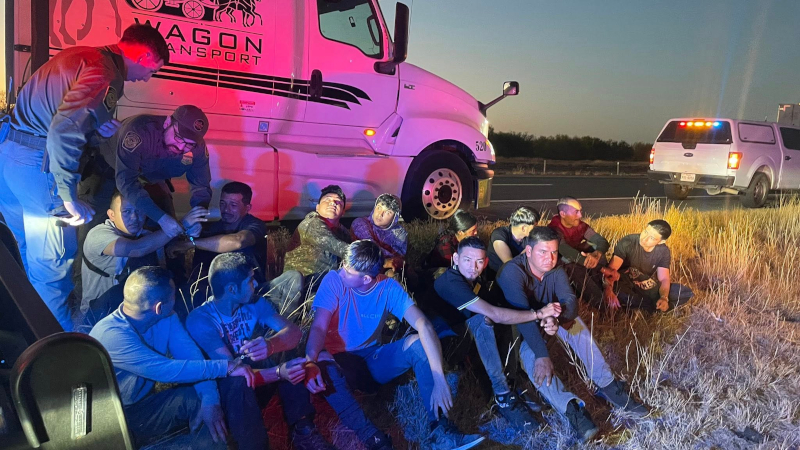
Concerns were raised after the illness was detected in animals in Yellowstone Park
Researchers in the US have sounded the alarm over a spike in cases of Chronic Wasting Disease (CWD) among wildlife across North America, warning that the deadly virus could spread to humans.
CWD, also known as ‘zombie deer disease’, is caused by prions – abnormal transmissible pathogenic agents which alter their host’s brain and nervous systems, and leave the infected animal drooling, lethargic, stumbling, and with a blank stare.
Experts described the disease as a “slow-moving disaster” in a recent report by The Guardian. Dr. Cory Anderson, a CWD researcher at the University of Minnesota, explained that the illness is “invariably fatal, incurable, and highly contagious,” warning it is nearly impossible to eradicate once it infects an environment. Scientists have also noted that CWD is resistant to disinfectants, formaldehyde, radiation, and incineration at 600C, and can persist in dirt or on surfaces for years.
Last year, the disease was reportedly detected in some 800 samples collected from deer, elk, and moose across the state of Wyoming, according to Breanna Ball of the state’s Game and Fish Department. She told The Guardian that the infection rate was an increase on previous years.
Scientists are particularly concerned that the disease has apparently made its way to Yellowstone National Park in recent months. Former chief of animal health for the US Federal Fish & Wildlife service, Dr. Thomas Roffe, explained that the park’s ecosystem currently supports the greatest and most diverse array of large wild mammals on the continent.
“It’s a disease that has huge ecological implications,” Roffe said, noting that the failure to curb its spread means that millions of people who visit Yellowstone each year might soon see the consequences of CWD for themselves.
A US Geological Survey published earlier this month claimed that the disease is currently present in 32 states as well as three Canadian provinces.
So far there have been no reported cases of CWD spreading to people, even though up to 15,000 infected animals were estimated to have been consumed by humans in 2017, according to the Alliance for Public Wildlife.
However, epidemiologists in the US and Canada have warned that it could only be a matter of time as the disease is part of a cluster of fatal neurological disorders that includes the infamous mad cow disease, or bovine spongiform encephalopathy (BSE).
An outbreak of BSE in the UK in the 1980s and ‘90s led to the slaughter of over 4 million head of cattle and the deaths of 178 people who contracted the human variant of the disease, vCJD, through eating infected beef.
“We’re talking about the potential of something similar occurring. No one is saying that it’s definitely going to happen, but it’s important for people to be prepared,” Anderson said.




